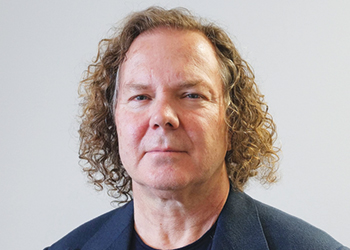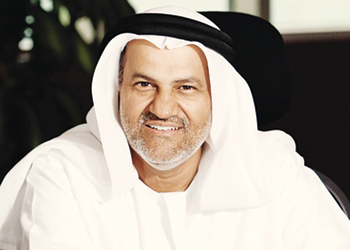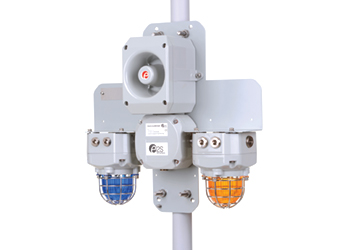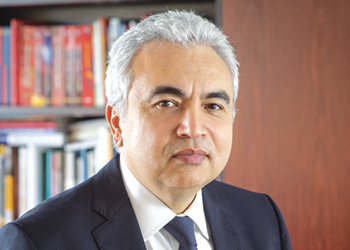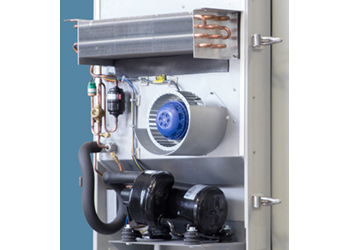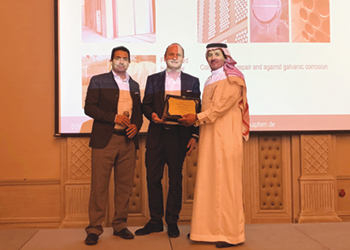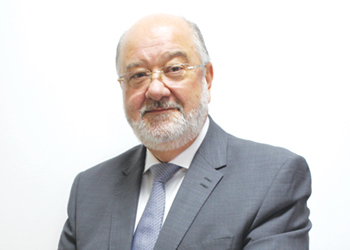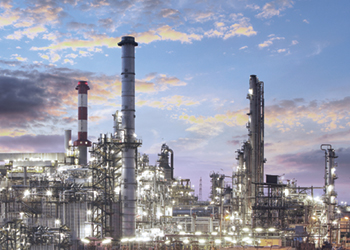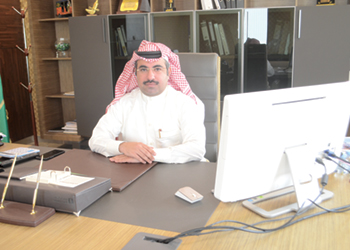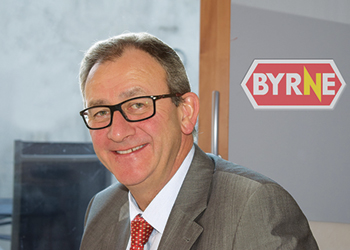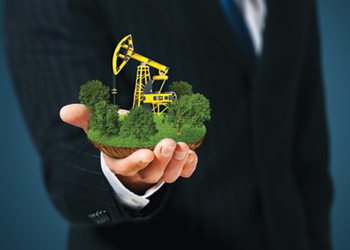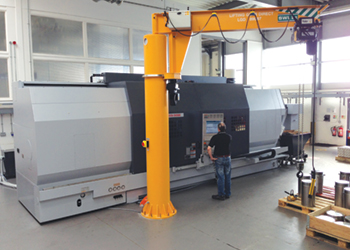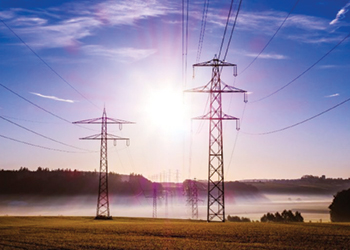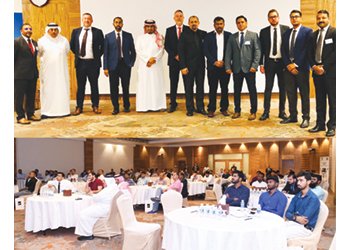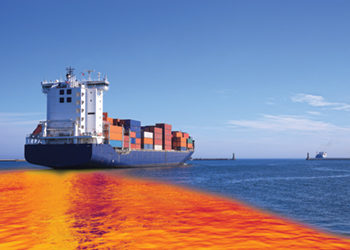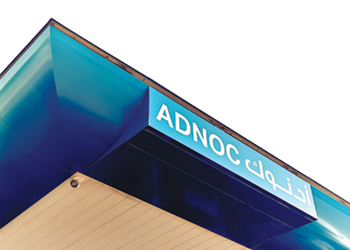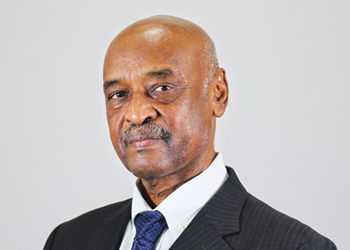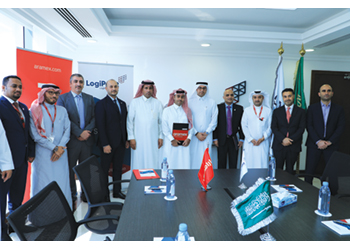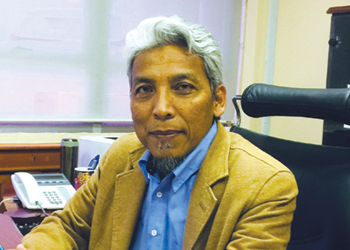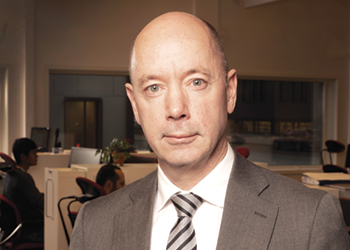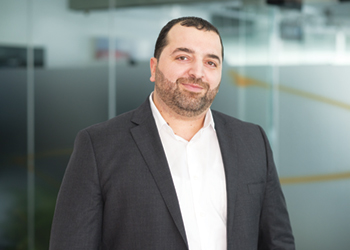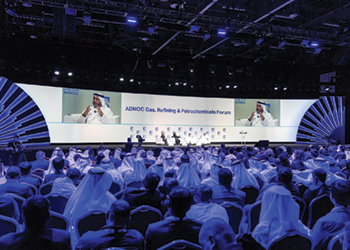
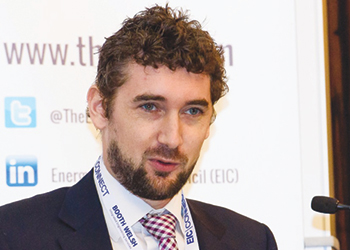 Abalain
Abalain
Adipec 2018 broke all records, attracting over 145,000 visitors and this year’s edition is set to surpass that number again. Likewise, the EIC’s pavilions at Adipec last year were the largest, writes FABRICE ABALAIN, EIC Regional Analyst
The Energy Industries Council (EIC) continues its long-standing support of Adipec and will have for the first time this year five pavilions to visit. The main pavilion will once again be located in Hall 8, including the UK and Welsh pavilions, with an expanded pavilion in Hall 13, a new UK digitalisation pavilion in Hall 14 and the Scotland pavilion in Hall 1, writes Fabrice Abalain, EIC Regional Analyst, Middle East and North Africa.
Adipec 2018 broke all records, attracting over 145,000 visitors and this year’s edition is set to surpass that number again. Likewise, the EIC’s pavilions at Adipec last year were the largest of all the pavilions which the EIC hosted at major energy events around the world. This year EIC’s pavilions will host a record 130 companies exhibiting the skills, expertise and innovative products and services which the UK oil and gas industry is famous for worldwide.
The Middle East, a giant worth $770 billion of petroleum Capex investment by 2025: The success of Adipec, now regarded as the world’s most important oil and gas event, reflects the strength and resilience of the region. The Middle East, after North America and Asia is, the third largest region for oil and gas projects capital expenditure investment to 2025. While worldwide the petroleum industry is expected to attract close to $5 trillion worth of combined Capex, the Middle East alone is expected to account for more than $770 billion in the next five years.
Our world leading project tracking database, EICDataStream, shows there are 447 oil and gas projects under implementation and proposed in the region for this period, with investment in upstream and downstream sectors representing about forty percent each and the reminder concentrated on midstream projects, including pipelines, gas gathering, storage and terminal facilities and LNG.
 |
The Adipec Award winners |
Upstream, the UAE, Saudi Arabia and Iraq are lands of super opportunities: Focusing on the years to 2025, the three countries regrouped more than sixty field development, redevelopment and enhanced recovery projects in the upstream sector which represents over $142 billion of investment. More importantly, they are home of seven of the eight largest super projects in the region and each worth over $8 billion.
In the United Arab Emirates, Adnoc has already started awarding contracts for its giant $15 billion Hail and Gasha gas development project. Adnoc’s ambitious sour gas development in the Abu Dhabi North West area also includes the multibillion development project of Dalma and Bab fields. Offshore, Adnoc is also looking to increase the capacity of Upper Zakum field further to reach one million barrel per day of production capacity. Other super projects upstream in the UAE include Umm Lulu, Nasr, Umm Shaif, Bu Hasa and Belbazem fields development which represent more than $10 billion of combined Capex by 2025.
In the Kingdom of Saudi Arabia, Saudi Aramco is carrying several offshore super projects to sustain and expand fields capacity at Marjan, Zuluf, Berri and Safaniya which represents more than $40 billion of investment. Following the election of its new government in 2018 and the improvement of the security in the country, Iraq is expected to host massive investments in the upstream sector focusing on fields development, enhance recovery and flare gas recovery. Over $35 billion worth of combined capital expenditure is planned for the development of Zubair, Nasiriyah, Garraf and West Qurna fields. In addition, talks are still ongoing for the long delayed South Iraq Integrated Project (SIIP) which could be required more than $50 billion over a 20-year period.
A buoyant downstream sector, led by the UAE: As a consequence of the oil price crash between 2014 and 2016, most of the oil exporting countries in the region grasped the opportunity to increase their revenue per produced barrel by investing substantially in the downstream sector. By 2025, over 109 downstream projects worth a combined $205 billion are expected to be completed across the Middle East.
The UAE is leading current opportunities in this sector, with Dr Sultan Al Jaber, Minister of State and Adnoc Group chief executive, last year’s announcement of a $45 billion investment plan. The plan includes a $20 billion new 600,000 bpd grassroot refinery which will be built at the existing Ruwais refinery complex. Ruwais, and the wider Dafra region, will be home to several mega projects in the coming years including the $4.5 billion Borouge 4 project as well as the Ruwais refinery crude flexibility and gasoline and aromatics (GAP) projects worth in excess of $6 billion.
Saudi Arabia, Oman, Kuwait and Iraq each have over $25 billion worth of downstream projects until 2025, including the Satorp Intergated Petrochemical Complex in Jubail, the Duqm refinery and petrochemical complex in Oman, the Al-Zour Petrochemical complex in Kuwait and the Karbala refinery in Iraq. In Bahrain, Bapco is implementing a $6.3 billion upgrade of the Sitra refinery. Beyond the 2025 horizon, Saudi Aramco and Sabic have already started working on a $20 billion project to build a crude oil to chemicals complex in Yanbu to process 400,000 bpd of crude oil into 9 mtpa of chemicals and base oils.
Supporting investment in the Middle East and UAE: The EIC’s participation at Adipec is just one of many ways in which it supports foreign investment in the region and trade between the Middle East and the UK. Our long-established Dubai office will be leading our ever popular EIC Connect event in Abu Dhabi in February 2020 and plan to deliver this EIC flagship event for the first time ever in Saudi Arabia in 2020. EIC Connect events brings together companies with regional operators and local partners enabling them to work jointly on projects designed to help meet the Gulf countries’ growing energy demand and add value to the local supply chain, generating revenue and employment opportunities.
All the data in this article comes from EICDataStream, the EIC’s online database which tracks over 8,000 active and future energy projects worldwide to deliver high-value business intelligence to its members.










































































